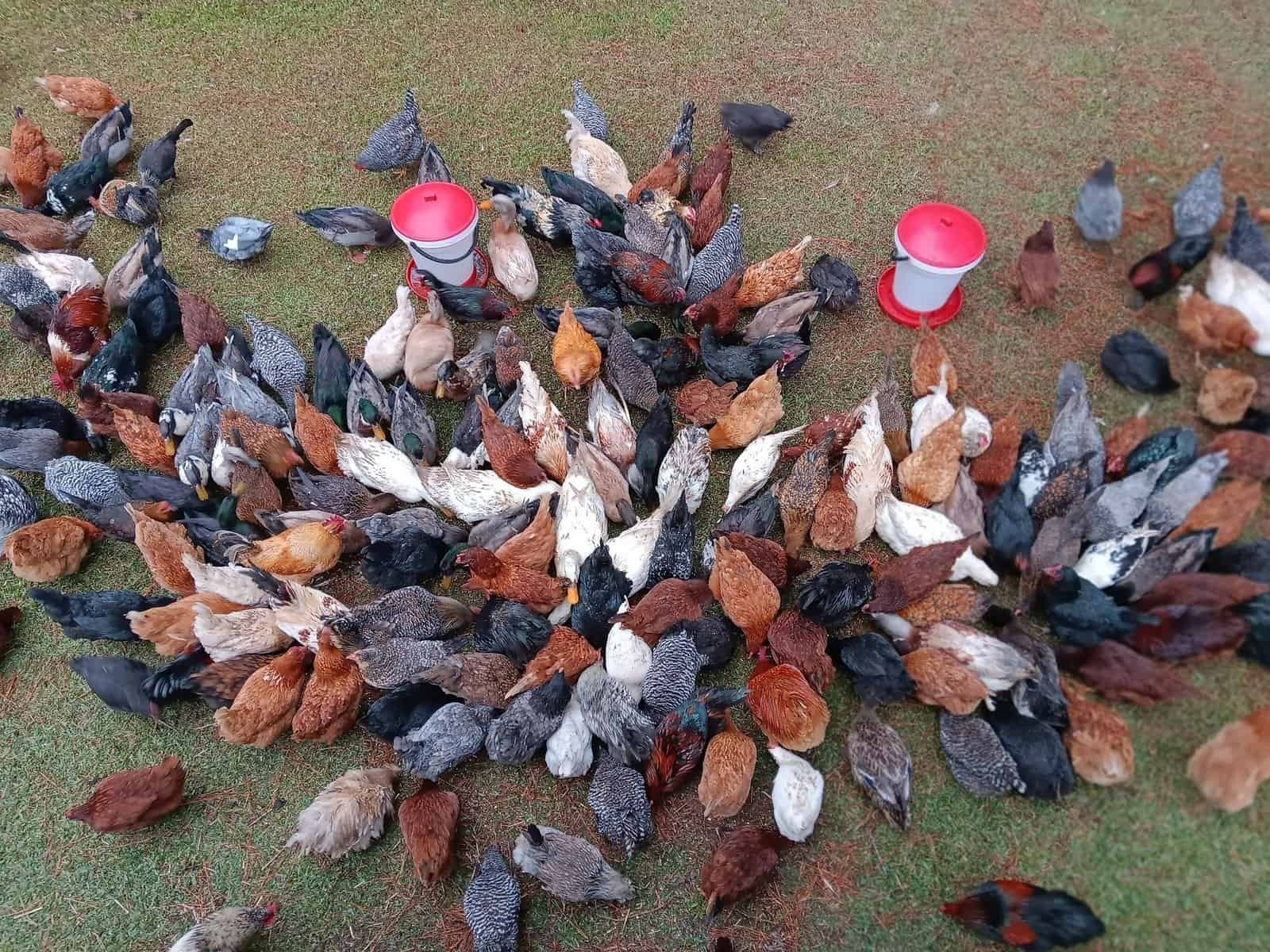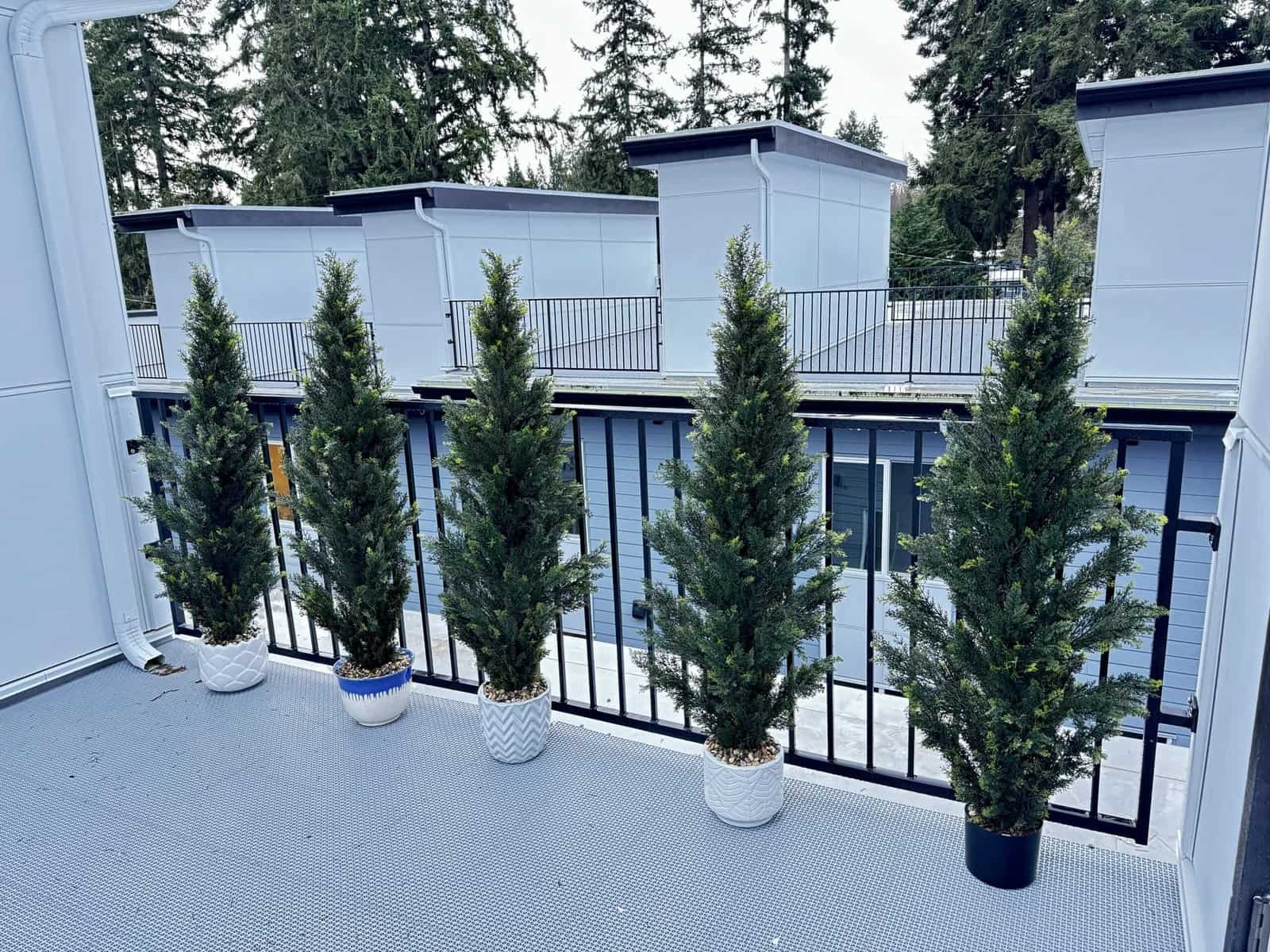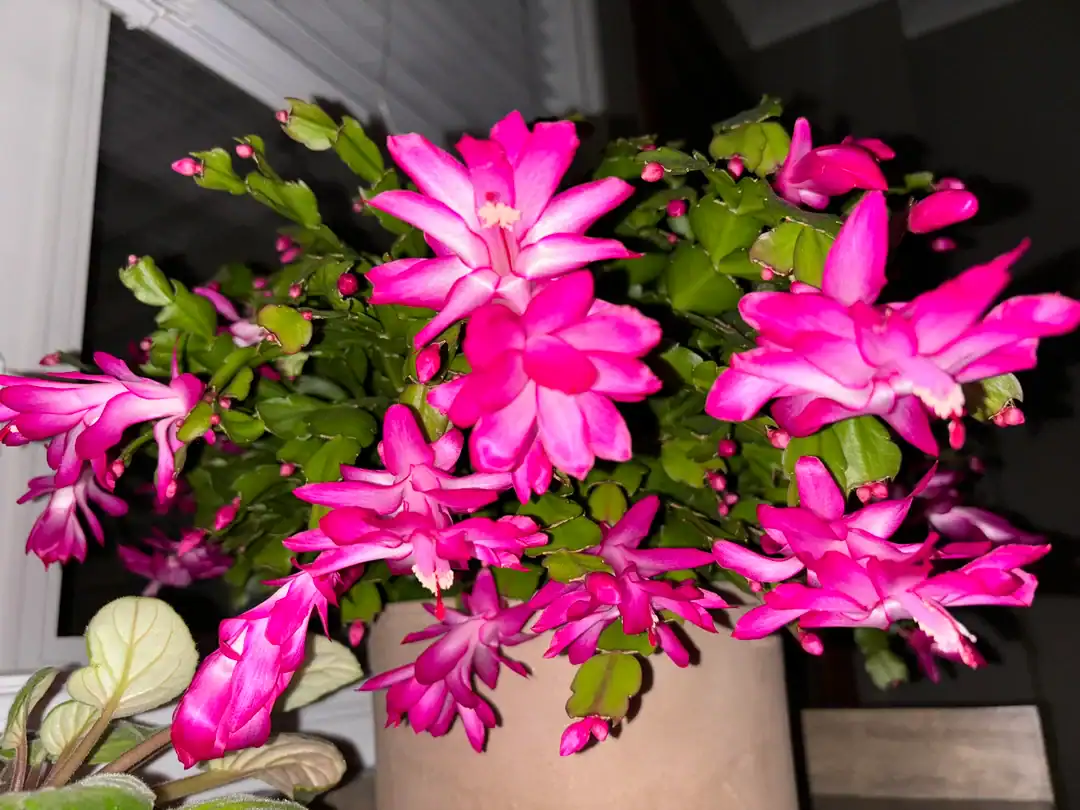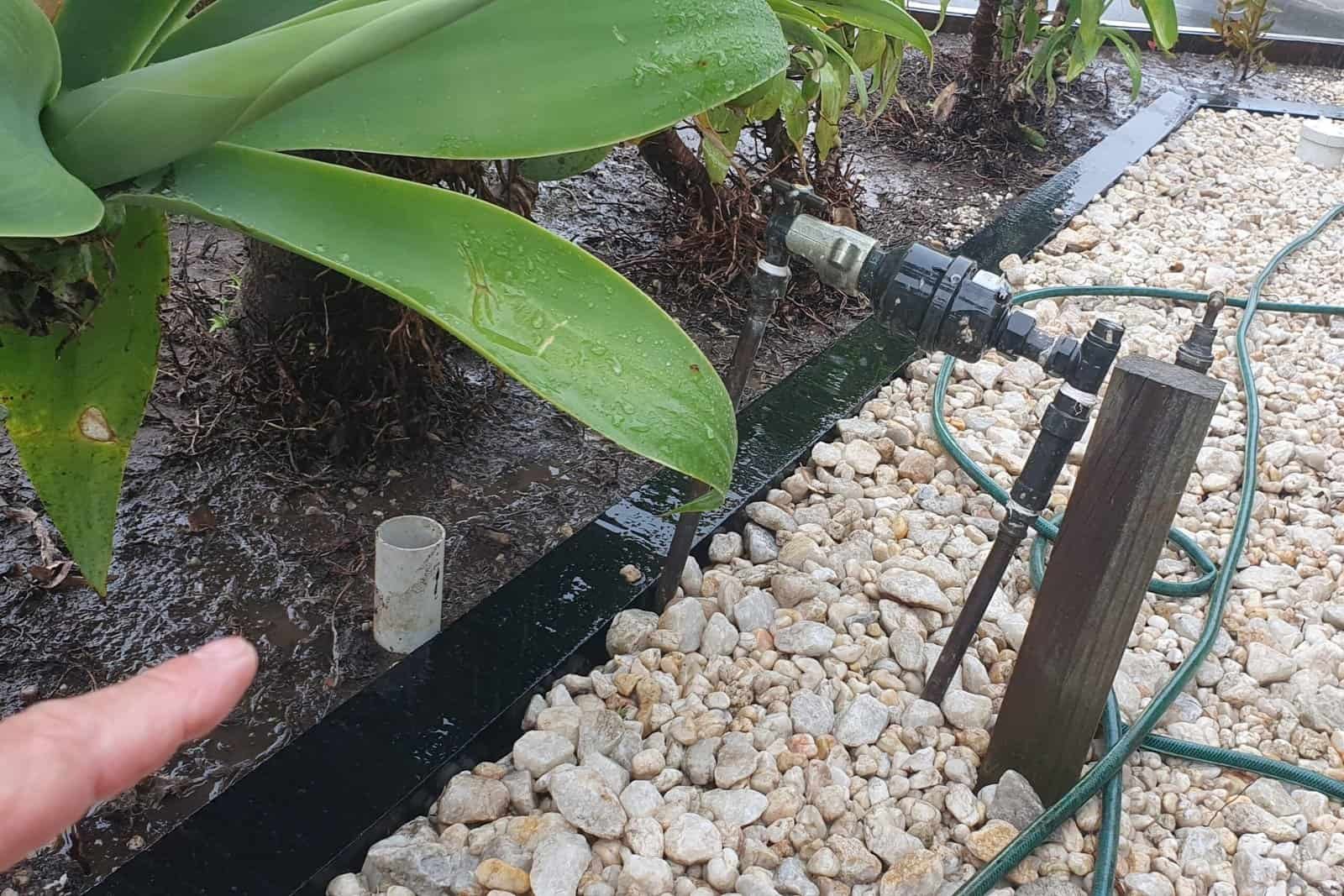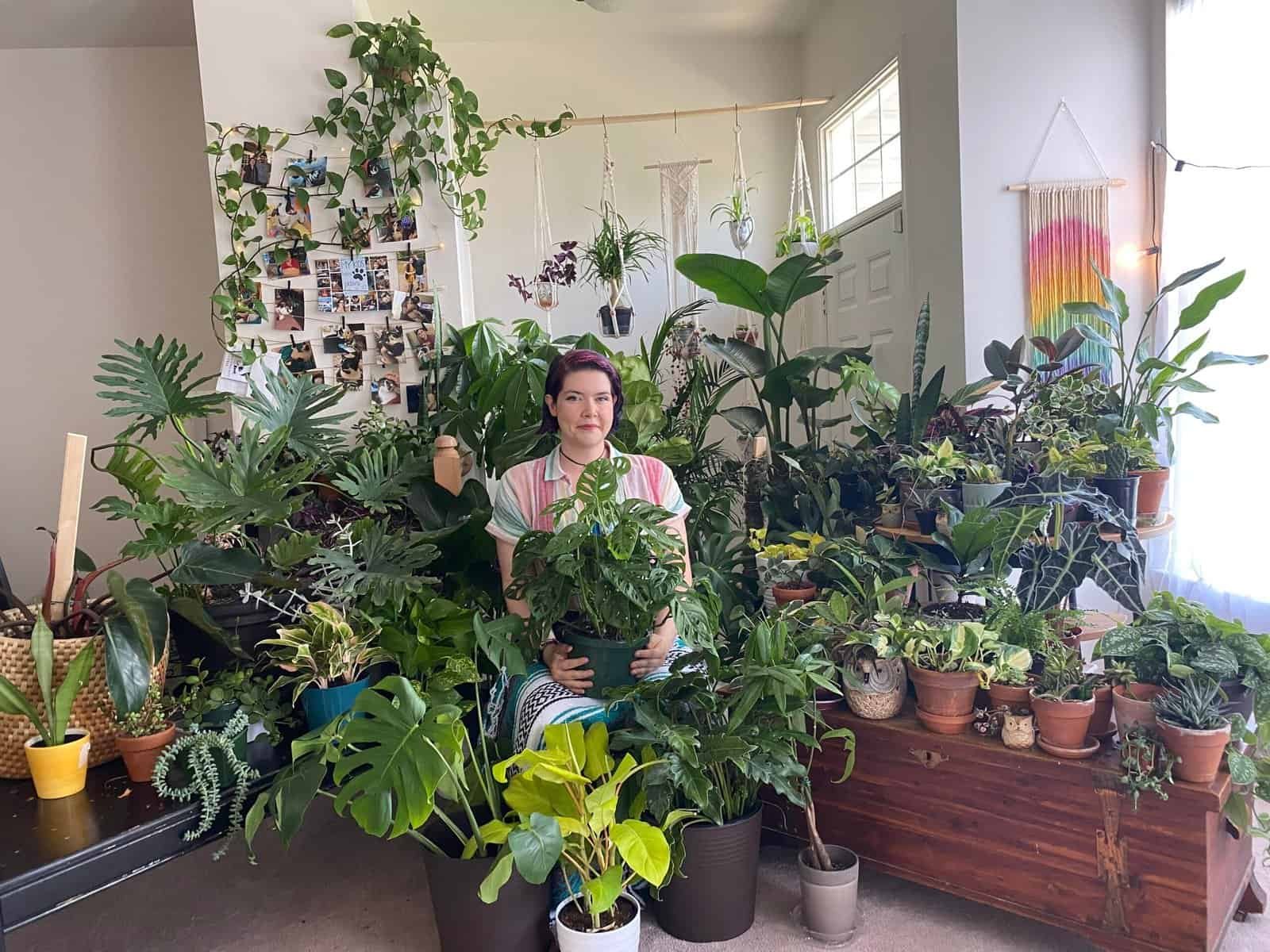Want to grow juicy watermelons in a small garden space? I’ve got you covered! In this post, I’m sharing how I plant watermelons in a raised bed, the fertilizers I use, and a super simple DIY clay pot irrigation method.
It’s easy, effective, and perfect for home gardeners. Let me walk you through everything I do to give my watermelons the best start for a big harvest later in the season!
Contents
Why I Grow Watermelons in Raised Beds
Let me start with why I love using raised beds for watermelons. It saves space, keeps things tidy, and works beautifully in my small backyard.
Maximizing Space in a Small Raised Bed
My raised bed is only four feet long and two feet deep. That might sound small, but I make it work by growing watermelons vertically!
I use a cattle panel fence as a trellis to train the vines upward. This way, the plants grow tall instead of sprawling all over the place.
Letting Vines Run or Training Them Up
Of course, you don’t have to grow them vertically. If you have enough garden space, you can let the vines sprawl naturally on the ground. It’s all about what works best for your garden setup!

How I Prepare the Soil for Watermelons
Before I plant anything, I always focus on soil preparation. Healthy soil means healthy plants—and for watermelons, that’s especially true.
Best Fertilizers for Healthy Watermelon Growth
When planting watermelons, I always add blood meal to the soil. It’s a fantastic source of nitrogen, which helps the vines grow big and strong early in the season.

Then, I add Espoma Plant-Tone, a slow-release fertilizer with nitrogen, phosphorus, and potassium. It provides a balanced boost that supports the plant all the way through the season.

How to Mix Fertilizer into the Soil Properly
I don’t just drop fertilizer into the hole and walk away. I mix it into the soil really well before placing the plant in.
This way, the roots don’t sit directly on top of the fertilizer, which can damage them. It’s a small step that makes a big difference!

Steps for Planting Watermelon Seedlings
Once the soil is ready, it’s time to plant. I planted two watermelon seedlings in my raised bed, and I paid close attention to every detail.
Watermelon Varieties I’m Growing This Year
This season, I planted two types: Orange Glow and Blacktail Mountain. Both are tasty, reliable varieties that do well in home gardens.
Handling Roots Gently Before Planting
The seedlings look healthy, but I notice the roots circling at the bottom. So I gently unwind them without disturbing them too much.

Watermelons don’t like their roots messed with, so I’m careful. Then, I firmly place each one in its hole and press the soil around it. That’s it!

When to Plant Watermelons for Best Results
Watermelons love warm weather. I always wait until after the last frost before planting mine. You can either directly sow them in the garden or start seeds early indoors.
I start mine ahead of time and transplant them out when it’s warm enough.
Watering Tips for Healthy Watermelon Vines
Watering watermelons can be a little tricky, especially when the weather changes. Here’s how I manage it in my garden.
How Often Should You Water Watermelons?
This is a question I get a lot! But honestly, it depends on how hot it is and how much rain you’re getting.
Right after planting, I water them every day until the roots are well established. After that, I adjust based on the weather.

Why I Use Clay Pot Ollas for Irrigation
To make watering easier, I use homemade ollas—clay pots that slowly release water into the soil. They’re not the plant’s only water source, but they’re a big help, especially during hot spells. These ollas give the plants steady moisture without overwatering.
How to Make a Simple Clay Pot Olla
You don’t need anything fancy to make an olla. I’ll show you how I put one together using just a few basic items.
Supplies You Need to Make an Olla at Home
To make your olla, all you need is:
- One unglazed terracotta pot

- Some poster mounting putty

- A plant saucer to cover the top

That’s it!
Step-by-Step Guide to Sealing the Pot
The pot I use has a large hole at the bottom, so I plug it with the putty. I warm it up in my hands, shape it, and press it firmly into the hole. I even add a little extra to make sure it’s sealed well.

Then I flip the pot over and seal the inside bottom, too.
Once I’ve filled the hole, I test it by adding water. I wait about 45 minutes to check for leaks.

If the pot stays full and there are no drips, it’s ready to go!

Terracotta is porous, so the water slowly seeps into the soil. That’s exactly what we want.

Tips to Prevent Mosquitoes and Overfilling
One thing to remember: keep the pot covered. An open pot is a perfect place for mosquitoes to breed—or even a bird to fall in. That’s why I always place a saucer on top.

The pot I use holds almost a gallon, but you can choose a smaller one if you like. Just be ready to refill it more often.

Mulching Helps Keep Soil Moist and Cool
After planting and setting up irrigation, the next step is mulch—but not immediately.
When to Add Mulch and What Materials to Use
I leave the soil bare at first. In a couple of weeks, before the vines spread too much, I add mulch. You can use:
- Straw
- Wood chips
- Grass clippings
- Whatever you have on hand
Mulch helps keep moisture in the soil and prevents water from evaporating too quickly. It’s a simple step that saves time and water!

Wrapping Up
Growing watermelons in a raised bed is totally doable—and super rewarding! You can set your plants up for success with the right fertilizer, a little care during planting, and a simple clay pot irrigation system. Try it out, and let me know how your garden grows this season!

